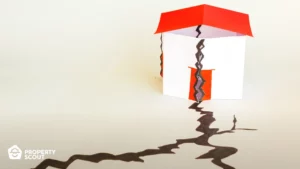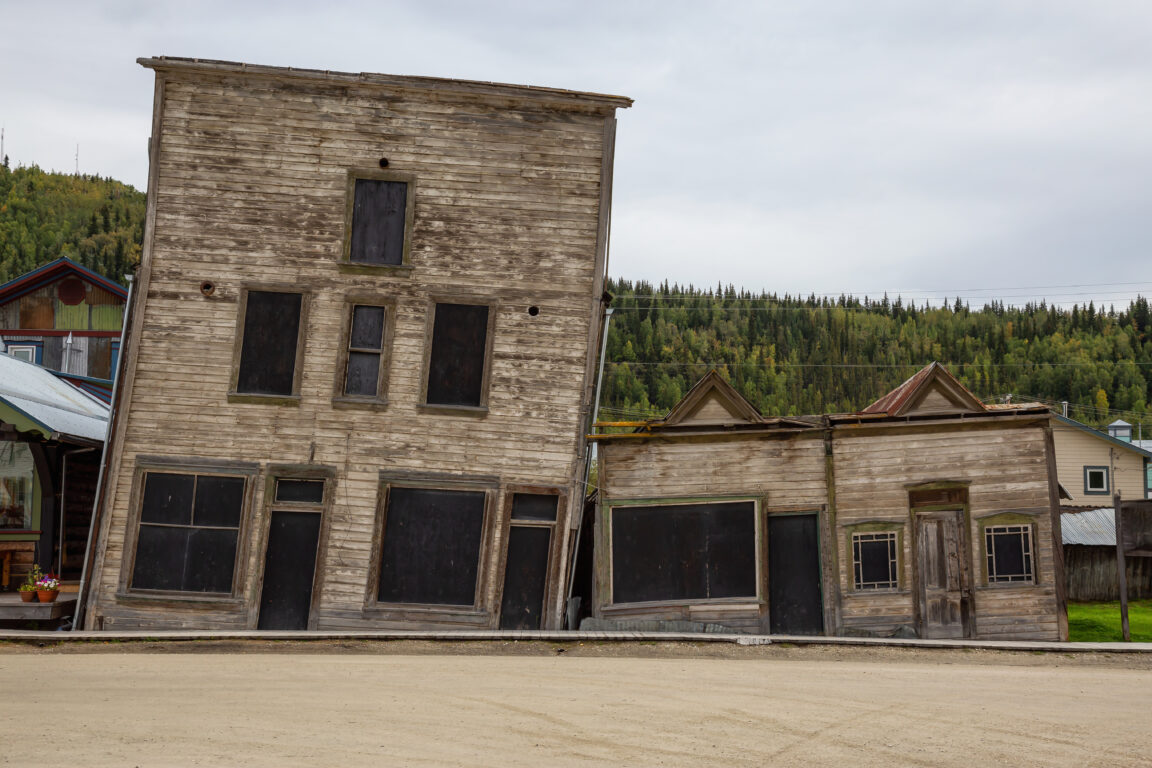Don’t Let Your House Crumble: Proactive Measures to Prevent Collapsing


Every residents' concern is the eventual and inevitable collapsing of their houses over time. Join us today on PropertyScout as we share you some tips and tricks to prevent a house collapse as much as possible.

Causes

House collapsing can occur due to various factors that cause the ground surrounding the house to deteriorate gradually. This can lead to sinkholes or the foundation of the house collapsing, posing a danger to the residents. Some of the causes include weight of the building, insufficient load-bearing capacity of foundation piles, fractures in the piles, soil movement or subsidence, and groundwater level. The resulting visible cracks can lead to the separation of walls from the main structure and damage to the main structural elements of the house. It is important to identify these signs early to prevent the collapse of the house and ensure the safety of its occupants.
The Warning Signs

- Cracks on the House
The presence of cracks in a house is a common issue that can vary in severity. Minor cracks on the surface of the plaster or paint may not pose a significant risk, while larger cracks on walls or beams, or those indicating the house is leaning or tilting, can signal danger. In such cases, the structural stability of the house may be compromised, and immediate action may be necessary to prevent potential collapse.
- A Sinkhole in the Ground
If you discover sinkholes underground or beneath your house, it could be a sign that the ground surrounding your property is experiencing degradation. The impact of this deterioration on your house largely depends on the stability of its foundation piles. Typically, this problem is more common in houses lacking reinforced concrete foundation piles.
Prevention

When choosing land
- Check for land history
The historical use of the land where a property is being purchased is often overlooked by many home buyers. However, it's important to understand the land's past. It may be helpful to ask the sales team about the previous use of the land, such as whether it was once a factory, a farm, a pond, or any other type of property. By knowing the land's history, we can evaluate the risks of potential house collapse. If the land was formerly used as farmland, a pond, or a water source, there is a chance of instability in the structure and a higher likelihood of a house collapsing.
- Is the land filled in?
Another question that one should find an answer to before deciding to buy a house is whether the land has been filled in or not. As mentioned earlier, some plots of land may have been used as farmland, fish ponds, or water sources, and the project may have purchased them at a low price or rushed to clear the land for development. In such cases, there is a high likelihood of issues such as house settlement or collapse.
Therefore, when buying a house, we need to gather information thoroughly before making a decision. If we cannot get a truthful answer from the sales or project team, it is recommended to ask the people in the local community such as merchants, residents, or motorcycle taxi drivers. They would know well about how the land has changed over time.
Regarding the appropriate duration for land filling before building a house or development project, it should be around 5 years or more to ensure soil compaction and reduce settling rates. However, this also depends on the soil conditions in each area.
- Foundation pile Installations
For many first-time home buyers, it's easy to overlook the importance of foundation piles. However, not every home has them installed in the parking area or backyard, so it's crucial to inquire about this before making a purchase.
It's common for home buyers to extend their homes to some degree, but if the extensions exceed the standard weight-bearing capacity, it can lead to structural damage. Homes with foundation piles installed throughout the entire property, including the front and back, are less likely to collapse than those without adequate support. That's why it's essential to carefully examine all the information available before deciding to buy a house.
After the land purchase
- Foundation adjustment by house leveling
When faced with significant soil subsidence or irreparable foundation damage, house leveling offers a solution without resorting to demolition. This technique involves lifting the house off its existing foundation, raising it, and constructing a new foundation before reattaching the house. It is crucial to entrust this complex process to professional companies to ensure safety and optimal results.
- Constructing soil erosion control panels
To address this issue, there are effective solutions available such as using concrete slabs, finished floor panels, foam panels, or smooth metal sheets to create a protective barrier against soil erosion. The process involves excavating the soil surrounding the foundation deeper than the soil beneath the house and securely installing the chosen material panels into the compacted soil, reaching a depth of about 50-80 centimeters. To further enhance the protection, additional brickwork can be added to cover the panels, preventing soil infiltration into the foundation. Implementing these measures ensures a stable and secure foundation for your home.
- Add Soil and Sand
This technique is effective for addressing settling issues in larger foundations, particularly those in the early stages of settlement. The approach involves adding soil or sand to the foundation. The process begins with excavating the area around the foundation to reveal the settlement lines. Then, compacted soil or water-sand injections are used to fill the voids. Finally, the surrounding soil is backfilled to elevate the ground level above the foundation. It's crucial to proceed with caution during the soil compaction to prevent any damage to the building's plumbing, utilities, and to avoid overloading the structure with excessive weight.
- Sealing up the wall
In situations where no underground foundation is present, but visible cracks appear between the walls of a house, a common temporary solution is to apply a cement and sand mixture to fill the gaps. However, for a more durable fix, it is advisable to address the connecting cracks by separating them on both the interior and exterior walls. This step helps prevent additional strain on the main structure. Afterwards, the gaps can be filled with a flexible material for a more effective and long-lasting repair.
Conclusion
In conclusion, taking proactive measures to prevent your house from collapsing is crucial for the safety and longevity of your home. By paying attention to warning signs, conducting regular inspections, addressing foundation issues promptly, and seeking professional help when needed, you can safeguard your investment and ensure a secure living environment for you and your loved ones. Don't let your house crumble under the weight of neglect—act now to protect your home and enjoy peace of mind for years to come. Remember, a strong foundation is the key to a stable and resilient home.
Find your ideal property, available for sale or rent in the best prices possible, or list your property for sale or rent here. Alternatively, if you have any further questions, please get in touch with us:



